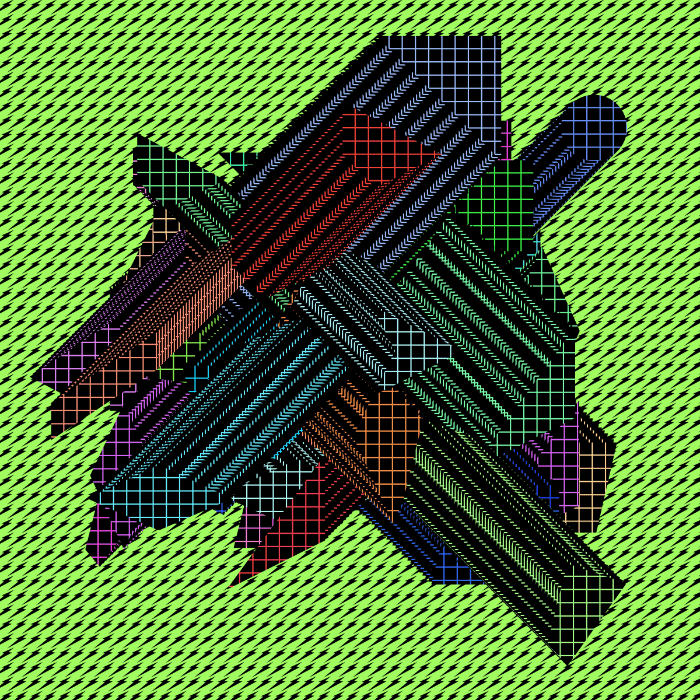About

The origin of inspiration for Net Net Net can be traced back to the early days of the Internet, when the web was still in its infancy. In the mid-1990s, a group of artists began to explore the possibilities of the Internet as a medium for art. These artists, who were frequently referred to as net.artists, used the Internet to create works of art that were interactive, collaborative, often subversive, and have since become an important part of the contemporary art world.
One of the first exemplifications of net art was the work of Vuk Ćosić, a Serbian artist who created a website called net.art per se in 1995. This website featured a variety of interactive works of art, including a virtual gallery, a chatroom, and a virtual currency. His work was an early example of how the Internet could be used to create interactive and collaborative art.
In an essay on the net.art per se, Ćosić argued the Internet was a new channel for art and should be embraced and explored by artists. It provided a theoretical framework for understanding the potential of the Internet as an artistic tool, and it encouraged artists to explore the possibilities of the World Wide Web. His writings also helped popularize the concept of glitch art. Before Ćosić's essay, glitch art was largely unknown and unrecognized. This helped legitimize glitch art as an art form and inspire a new generation of artists.
Over the past few years, ilithya and Erin have built a friendship and cooperative partnership over the Internet. When they decided to work on this project, never meeting in real life due to living on separate continents, this virtual collaboration explored the possibilities of using digital technology as a medium for expression and engagement. Meeting together over glitched-out video chats with coffee and cigarettes to create their form of net art.
Because they both have a big difference in coding experience, they wanted this long-form generative artwork to communicate the beauty of making generative art with a computer where creations can be done as much as with intended code, as with unintended and experimental code.
The way of thinking in creative coding for generative art doesn't only depend on the individual's experience but also on an approach to thinking patterns and automation. Both artists combined forces on this end. Seeking a point of departure where both of them felt comfortable enough with their approaches, they thought of the nostalgia from earlier Internet times when there were many limitations to what a browser could render on a computer's screen in contrast to what is possible nowadays. They thought of historical seeds from glitch art — image renders representing a memory that is manipulated and distorted by visualizing errors in the data of a digital file. Resulting images, often twisted and abstracted, but on the flip side, giving a sense of nostalgia. Outputs pushed to the edge of surrealism, ending up aesthetically pleasing and conceptually chaotic.
Since this is the manufacture of their first long-form generative project on the blockchain, they found similarities in entering the world of Web3 to when using the Internet for the first time. One can experience a new Internet era with the Web3 that feels as overwhelming and exciting as it was back in the 90s' — to discover what one could find and do in the browser. To uncover new ways to express creatively through this medium. The early stages of development with a high likelihood of bumping into engineering bugs.
This discovery process, beta phases, the earliest methods of distributing art via the Internet, and the limitations of a new era seemed appealing to implement in such a long-form project, where the aim would be to make a recollection of a time with certain constraints, where errors are more prone to exist in yet a wide range of beautiful computer generated collages.